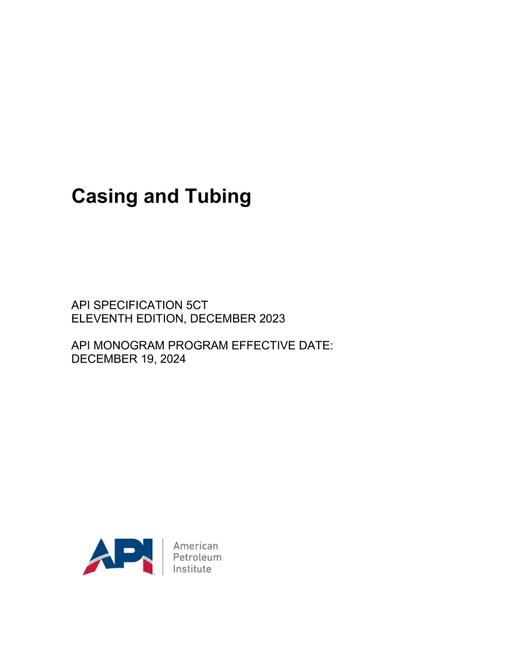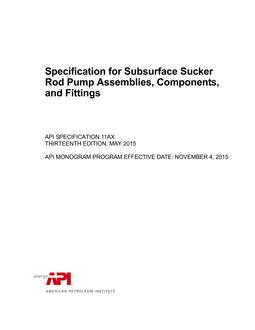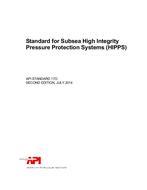-
-
Available Formats
- Options
- Availability
- Priced From ( in USD )
-
Available Formats
-
- Secure PDF 🔒
- Immediate download
-
$210.00Members pay $147.00
- Add to Cart
-
- Printed Edition
- Ships in 1-2 business days
-
$210.00Members pay $147.00
- Add to Cart
-
- Printed Edition + PDF
- Immediate download
-
$357.00Members pay $249.90
- Add to Cart
Customers Who Bought This Also Bought
-

API Spec 5CT
Priced From $310.00 -

API Bull 11L3
Priced From $391.00 -

API Spec 11AX
Priced From $157.00 -

API RP 17O (R2019)
Priced From $135.00
About This Item
Full Description
This report covers many of the “lean,” “standard,” “super,” and “hyper” grades of duplex stainless steels (DSSs) most commonly used within refineries. These terms have not been firmly established by the industry, and their use may vary between literature references and suppliers. The ISO document ISO 17781 Petroleum, Petrochemical and Natural Gas Industries—Test Methods for Quality Control of Microstructure of Ferritic/Austenitic (Duplex) Stainless Steels provides a fairly consistent and inclusive classification of these materials based on their chemical composition and corrosion resistance.
In an attempt to facilitate future cross reference, this document adopted materials classifications consistent with ISO 17781. The following list summarizes the classification group (refer to Table 1 for a complete list of grades):
— Type 20 Cr Duplex, Group A (Lean DSSs): S32001, S32101, S32202, S82011, S82031, and S82441;
— Type 20 Cr Duplex, Group B (Lean DSSs): S32003, S32304, S31500, S81921;
— Type 22 Cr Duplex (Standard DSSs): J92205, S31803, S32205;
— Type 25 Cr Duplex (Super DSSs): S32520, S32550, S32750, S32760, and S32906;
— Type 27 Cr Duplex (Hyper DSSs): S32707, S33207.
Grades that are labeled as “lean” (including grades sometimes called “semi-lean”) have lower Cr, Ni, or Mo than the standard grades and thus a lower pitting resistance equivalent number (PREN), and they are used in some process services that are less aggressive (primarily in corrosive environments to replace 304L SS). These lean DSSs have been used for heat exchanger tubing, storage tanks, and structural applications primarily for their higher strength compared with carbon steel (CS).
Formable duplex stainless steel is a new kind of DSS with improved formability due to the transformation-induced plasticity (TRIP) effect, enabling the manufacture of heavily cold-worked components like tray internals, plate and frame heat exchangers, and twisted tubes, among others. The corrosion resistance of the material in the cold-worked condition is similar to the annealed form.
Product forms within the scope of this report are: tubing, plate, sheet, forgings, castings, hot isostatically pressed (HIP) components, pipe, and fittings for piping, vessel, exchanger, and tank applications. The use of DSSs for tanks is also addressed by API Standard 650, Welded Tanks for Oil Storage. The limited use of DSSs as a cladding is also briefly covered within this document.
Document History
-
API TR 938-C
currently
viewing
Use of Duplex Stainless Steels in the Oil Refining Industry, Fourth Edition- Most Recent
-
API TR 938-C
Use of Duplex Stainless Steels in the Oil Refining Industry, Third Edition- Historical Version
-
API TR 938-C
Use of Duplex Stainless Steels in the Oil Refining Industry, Second Edition- Historical Version
-
API TR 938-C
Use of Duplex Stainless Steels in the Oil Refining Industry, First Edition- Historical Version





